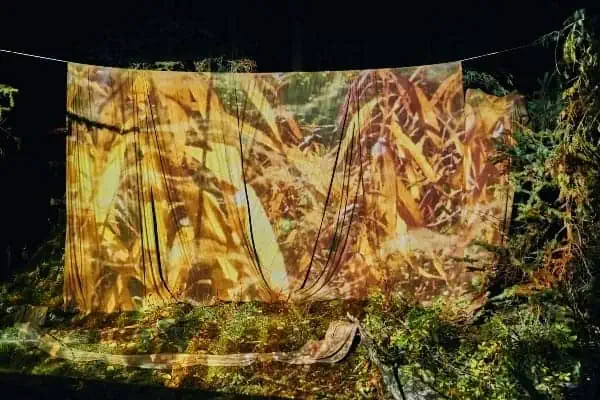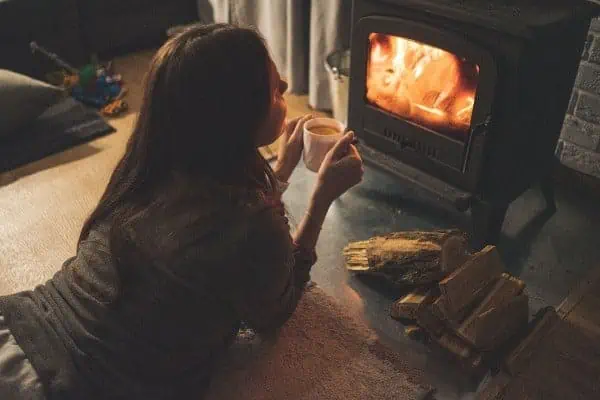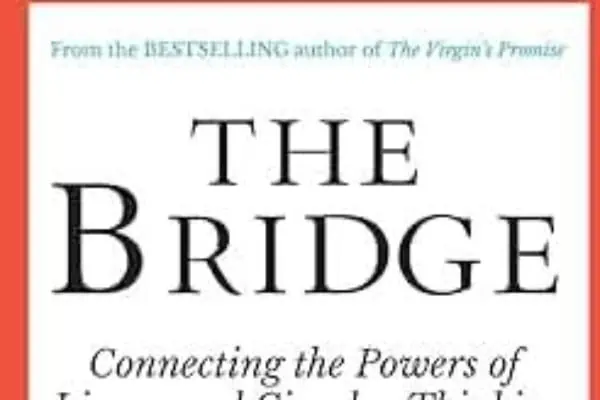Interest in backcountry skiing in the Yukon has taken off, especially among tourists, says backcountry ski expert and guide Claude Vallier.
Vallier recently published a backcountry guide book to the Haines Pass, to accompany the guide book he produced in 2007 about the White Pass. The books, Haines Pass Backcountry Skiing and White Pass Backcountry Skiing, detail ski routes that have road access of the highways. Vallier researches, writes and does the photography for the guide books himself.
“The intent of the books is to show people that they don’t need a snow machine or to rent a helicopter to get into the backcountry to ski,” he says. “They have access to easy routes – and also some extreme routes with amazing snow – right from the road. There are lots of possibilities.”
Backcountry skiing this way -without a snow machine – is much better for the environment, he says. It’s also lower noise, which is less stressful for wildlife.
“You just use your own energy, and leave only your ski tracks in the snow,” he says, “You’re just a human on an adventure.”
Vallier says he has seen an increase in ski touring groups recently, especially from Alaska, where the low Canadian dollar is an incentive for Americans to go. He has also seen tourists from across Canada, Quebec and Europe.
“This year we’ve seen a really big increase in skiers… it’s a plus for winter tourism in the Yukon,” he says.
Skiers have told Vallier his guide books have influenced their decision to come backcountry ski in the Yukon, because it helps them plan their trip he says.
People new to backcountry skiing should take an avalanche course and consider going out on a day tour with a guide, because you need some back country skills to ski in these areas safely he says, such as understanding your route, dealing with the weather and altitude and how to handle injuries in these remote locations.
“It’s really remote, you have to depend on yourself,” he says. “Start with a guide and just go for the day. It’s way more fun to do things safely and properly.”
Avalanches in particular are a danger, he adds.
“Avalanches are a very complex problem and it takes time and skills to navigate the areas where they occur,” Vallier says.
Avalanche courses are available through the Canadian Avalanche Association in the Yukon.
Vallier is originally from France, where he was a mountain guide and search and rescue skier. He has lived in the Yukon for nine years and says that backcountry skiing has been slower here to take off than it has been in Europe, where it’s been popular for 10 to 15 years.
“Backcountry skiing appeals to people here who want to ski more, do more runs. Mount Sima is very limited and backcountry offers so many more possibilities for longer runs.”
Backcountry ski season starts in December, he says, and runs through until May, depending on the Yukon weather. March and April are the best times to go, he adds.
“There’s less cold weather, longer days and the snow is great,” Vallier says.
For more information about backcountry skiing in the Yukon or to access Vallier’s guide books, you can visit YukonBackcountrSkiing.com.




